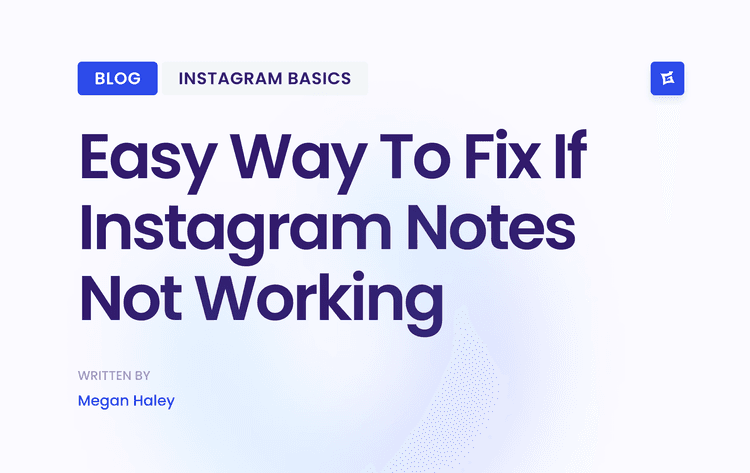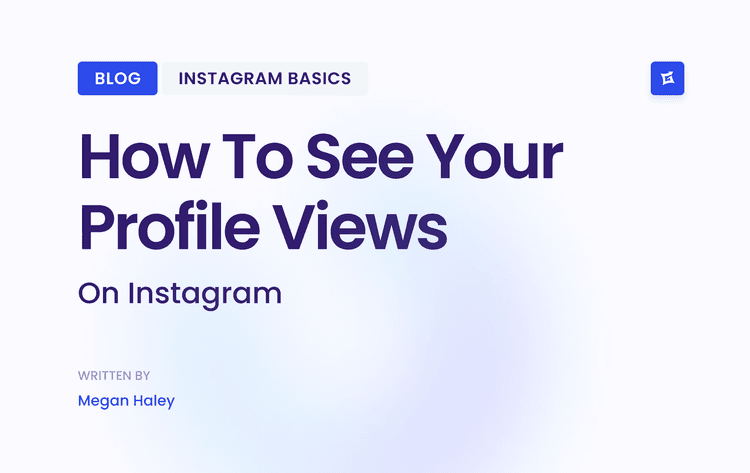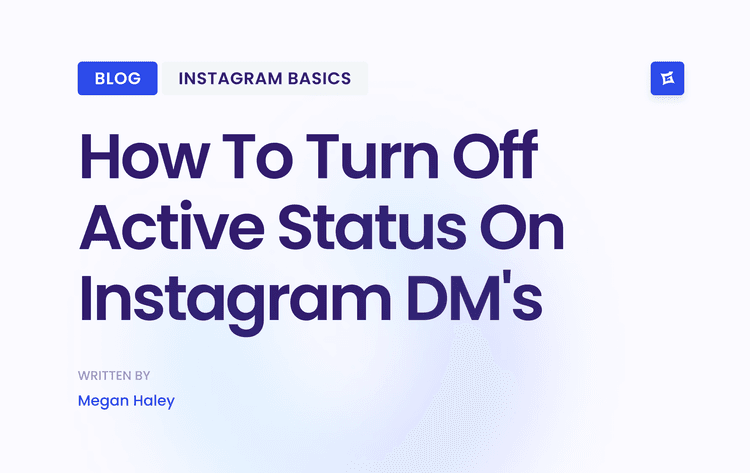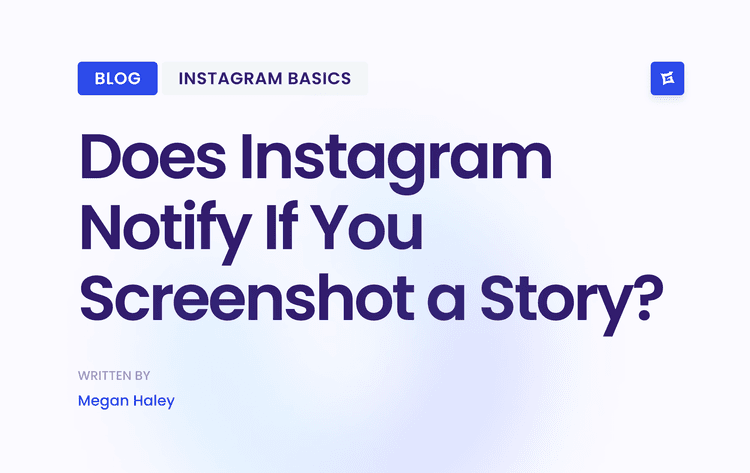Why Your Content Marketing Strategy Is Make-or-Break
The Shift From Nice-to-Have to Business-Critical
Content marketing has transitioned from a supplementary tactic to a core business function. Successful brands now recognize content as the starting point of a conversation with their audience, not just another marketing task to check off the list. This shift is fueled by evolving consumer behavior. People are no longer passively consuming ads. They actively search for valuable information, and compelling content provides that value, fostering brand loyalty and driving sales.
Industry trends confirm this. Content marketing has become a critical part of digital strategies worldwide. By 2025, 82% of companies are projected to incorporate content marketing into their overall marketing efforts. This widespread adoption underscores its effectiveness in engaging audiences and generating leads. Discover more insights on content marketing statistics. Further emphasizing this point, the majority of marketers — 73% of B2B and 70% of B2C companies — already utilize content marketing, demonstrating its flexibility across different business models.
Let's look at how content marketing adoption varies across B2B and B2C companies:
Content Marketing Adoption Across Industries
For B2B (Business-to-Business) companies, the adoption rate of the strategy is 73%. The primary focus for B2B is lead generation, relationship building, and thought leadership. The key benefits include increased brand awareness, the generation of higher-quality leads, and improved customer retention.
For B2C (Business-to-Consumer) companies, the adoption rate is slightly lower at 70%. The main focus is on brand awareness, customer engagement, and driving sales. The benefits for B2C businesses include increased website traffic, stronger brand loyalty, and higher conversion rates.
The list above shows that while both B2B and B2C businesses embrace content marketing at high rates, their primary focuses and the benefits they reap are often distinct. B2B leans towards lead nurturing and establishing expertise, while B2C prioritizes building brand recognition and boosting sales.
Content as Your Primary Conversation Starter
Think of your content as an ongoing dialogue with your audience. Each post, story, or video is a chance to connect, inform, and build trust. This is particularly vital on visually driven platforms like Instagram, where storytelling takes center stage. A successful content marketing strategy on Instagram isn't just about beautiful images. It's about crafting compelling narratives that resonate with your target audience, forging an emotional connection, and ultimately driving business growth. This means a powerful content strategy can be the deciding factor between blending in and standing out, between stagnation and substantial growth.
Building Your Content Marketing Strategy Foundation
Ever watch a seasoned chef prep for a busy night? They don't just grab ingredients at random. They have a system, a plan – their mise en place. Each item has a purpose. A winning content marketing strategy works much the same way. It all starts with a strong foundation of purpose and planning. This isn't about churning out endless posts just to fill your feed. It's about creating a focused approach that moves the needle. To get a sense of just how vital experienced digital marketing professionals are to this process, check out this resource: Hire Digital Marketing Professionals in Latam. These pros can help you navigate the often tricky terrain of building a content program that works.
Defining Your Content Mission
Think of your content mission as your guiding star. It's the core principle behind every single piece of content you put out. It should be clear, concise, and tied directly to your bigger business goals. Let’s say your goal is to be the name in sustainable fashion. Your content mission could be to educate and inspire consumers about eco-friendly clothing choices. This mission then informs everything you create: each blog post, every Instagram story, every single video.
Finding Your Unique Angle
Even in a niche market, you need something special, something that sets you apart. What's your fresh perspective? This is where competitive analysis becomes invaluable. Look at what your competitors are doing well (and what they're missing). Find those gaps in the market – those unmet needs or unanswered questions – and position your content to fill them. Maybe your competitors focus on high-end sustainable fashion. You could focus on accessible and affordable eco-friendly options. That distinct angle will draw in a specific audience looking for exactly that.
Establishing Editorial Guidelines
Your editorial guidelines are your recipe book for consistent content. They ensure your tone, style, and brand voice are consistent across everything you publish. They cover everything from grammar and punctuation to what kinds of images you use and the formats you choose. For example, your guidelines might call for a casual, friendly tone on social media, but a more formal tone on your blog. This consistency strengthens your brand identity and builds familiarity with your audience. Check out the screenshot below from the Content Marketing Institute – it shows the range of resources available for building a comprehensive content strategy.
The Content Marketing Institute provides a ton of helpful resources covering all facets of content marketing, which underscores how important it is to stay up-to-date and adapt in this ever-changing field. They emphasize having a strategic framework for content creation, distribution, and measurement, which reinforces everything we've been talking about.
Conducting Effective Audience Research
Understanding your audience is about more than just basic demographics. It’s about digging deeper into their motivations, pain points, and what they hope to achieve. Instead of just knowing who they are, you need to understand why they do what they do. This means going beyond superficial data and engaging in qualitative research, like conducting interviews or analyzing conversations on social media. This deeper level of understanding allows you to create content that truly resonates, addresses their specific needs, and builds authentic connections. This groundwork is what sets the stage for a content marketing strategy that not only reaches your audience but also connects with them on a deeper level, turning them into loyal followers and customers.
Understanding Your Audience Beyond Demographics

Knowing your audience is between 35 and 55 with a college degree is about as useful as knowing someone drives a Honda. It gives you a vague outline, but tells you next to nothing about what makes them tick. Understanding your audience requires digging much deeper. The brands truly killing it with content marketing get this. They've moved past surface-level demographics and found the beating heart of their audience's motivations.
Speaking Your Audience's Language
Think about how a doctor diagnoses a patient. They don't just glance at a chart; they ask questions, listen intently, and try to understand the patient's experience. Understanding your audience on Instagram requires that same level of listening. What words do they use to describe their challenges and dreams? What are their pain points and aspirations? Conducting interviews and analyzing online conversations can reveal these crucial nuggets of insight, allowing you to craft a content marketing strategy that speaks directly to their needs and desires. For example, a fitness brand targeting new mothers might discover, through conversations, that their audience isn't solely focused on weight loss, but on regaining strength and energy after childbirth. That one insight can completely reshape their content strategy, shifting the focus to postpartum recovery and building a supportive online community.
Mapping the Emotional Journey
Buying decisions aren't made in a vacuum. Emotions play a huge role. Think about the process of buying a new phone. It might start with frustration at your old phone's cracked screen and slow processing speed. Then comes the excitement of researching new models and comparing features. Finally, there's the satisfaction of unboxing your sleek new device. Understanding this emotional rollercoaster is critical for crafting content that resonates at each stage. By acknowledging and addressing the emotional needs driving their decisions, you forge a deeper connection with your audience, boosting the likelihood of conversion. You might be interested in exploring social media targeting strategies to further refine your reach.
Identifying the Right Content Formats
Just like people have different learning styles, different audiences prefer different types of content. Some love diving into in-depth blog posts, others prefer the quick hit of a video, while others are drawn to interactive infographics. Experimenting with a variety of formats and carefully analyzing their performance will help you pinpoint what truly resonates with your target audience on Instagram. This data-driven approach allows you to fine-tune your content marketing strategy for maximum engagement. Maybe you discover that short, snappy Instagram Reels demonstrating a quick tip perform exceptionally well, while longer IGTV videos explaining a complex process fall flat. This kind of feedback is gold, allowing you to focus your efforts on what works.
Moving Beyond Buyer Personas: Building Empathy
Traditional buyer personas are a useful starting point, but truly understanding your audience requires developing empathy. This means stepping into their shoes, experiencing their frustrations, and celebrating their wins. This shift from demographics to empathy transforms your content from generic and forgettable to genuinely helpful and memorable. For instance, a brand selling organic baby food could create content acknowledging the daily struggles parents face in providing healthy and convenient meals, offering practical solutions, and building trust through shared understanding.
This deeper connection nurtures stronger relationships and cultivates brand loyalty, making your content a valuable resource for your audience and a powerful engine for business growth. By understanding the nuances of your audience's language, emotional journey, and preferred content formats, you create a content marketing strategy that genuinely connects, resonates, and delivers results.
Content Planning That Drives Consistent Results
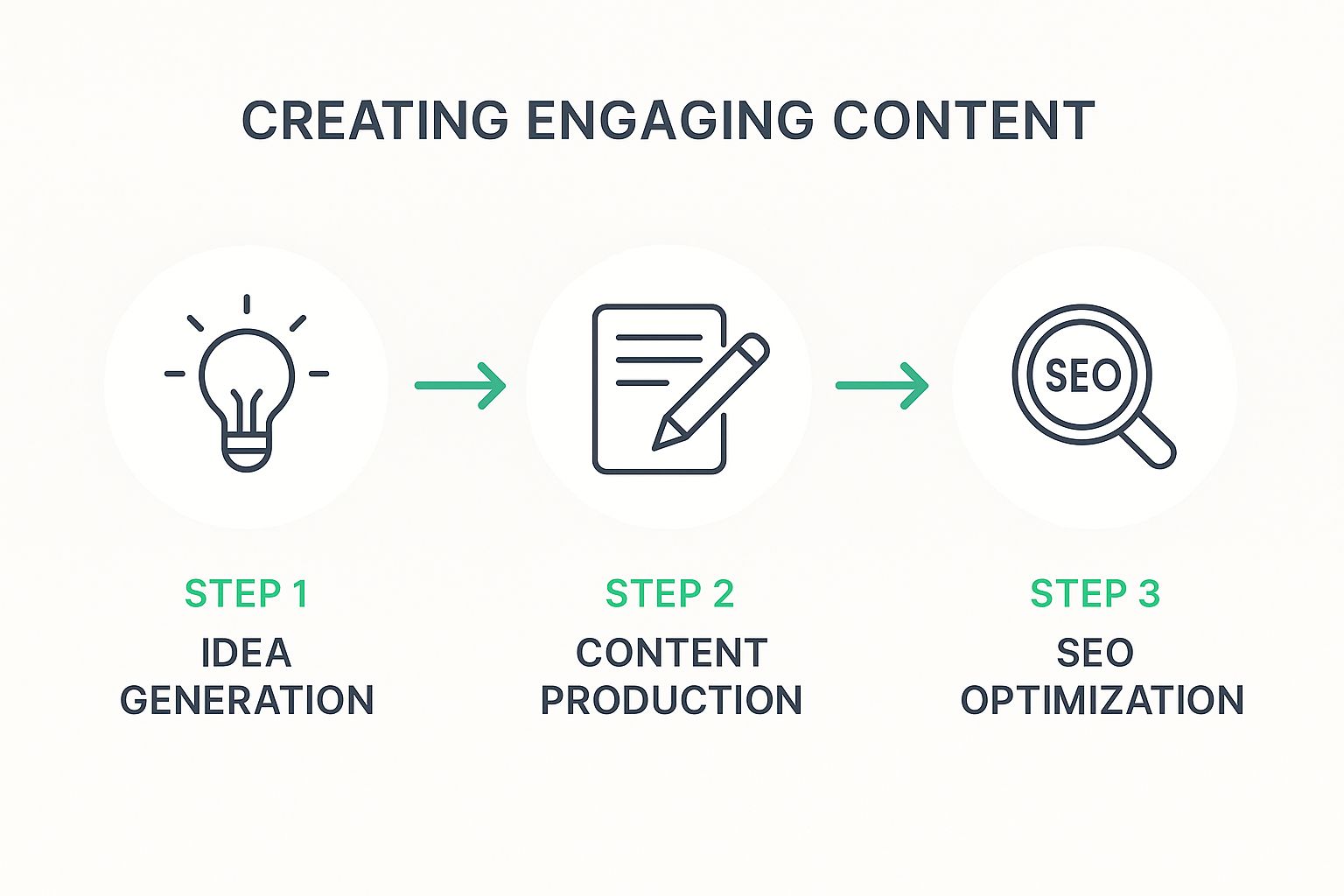
This infographic neatly lays out the essential steps for creating engaging content: ideation, production, and SEO optimization. Think of it like a recipe – each stage is crucial for the final product. You start with brainstorming fresh ideas (the ingredients), then move to crafting the content itself (the cooking process), and finally, optimize it for search engines (the plating). This structured approach ensures every piece of content serves a purpose.
The best content marketers aren't just winging it – they have a plan. Imagine a bakery: they don't just bake bread whenever they feel like it. They have a daily schedule for producing fresh loaves. Similarly, successful content teams have frameworks in place to consistently produce engaging content, even when inspiration isn't striking. Let's delve into these planning frameworks, borrowing insights from content directors at fast-growing companies.
Balancing Evergreen and Timely Content
A strong content strategy blends evergreen content, which provides long-term value, with timely content that captures immediate interest. Evergreen content is like the foundation of your house—strong, stable, and always there. Timely content is like decorating for the holidays—it adds freshness and relevance. For example, a fitness brand could create evergreen guides on exercise form, while also posting about current fitness challenges or seasonal workout tips. Striking the right balance between these two content types provides consistent value while keeping your audience engaged with current trends.
Generating a Stream of Content Ideas
Effective content ideation isn't about random brainstorming; it's about building a system. This system should reliably generate months of high-quality topics. You might use keyword research tools like Semrush to understand audience search queries, analyze competitor content to find untapped areas, or simply ask your audience what they'd like to learn. A consistent ideation process keeps your content pipeline full and focused on your audience's genuine interests and needs. For a deeper dive into audience understanding, check out this insightful article: Understanding Your Ecommerce Audience Beyond Demographics.
Creating Effective Content Briefs
A content brief is essentially a blueprint for a successful piece of content. It outlines the target audience, the core message, the desired outcome, and any relevant keywords. A good brief guarantees every piece of content has a strategic purpose, whether it's driving traffic, generating leads, or boosting brand awareness. Think of it like an architect’s blueprint—it provides all the necessary details for successful execution. A clear, detailed brief keeps your content focused, preventing wasted effort and maximizing impact.
Maximizing Creative Energy Through Batching
Batching is all about grouping similar tasks to maximize efficiency. Instead of switching between writing, editing, and social media, dedicate specific blocks of time to each. This focused approach minimizes distractions and allows you to get into a flow state, resulting in higher-quality work. For instance, dedicate Mondays to writing, Tuesdays to editing, and Wednesdays to scheduling social media.
Building Content Workflows That Work
Successful brands don't just create content; they build systems to manage their creation, distribution, and promotion. A well-defined workflow eliminates last-minute scrambles and ensures consistent, high-quality output. This might involve using a content calendar through a platform like Asana, collaborating with team members via project management tools, or automating repetitive tasks. A structured workflow allows consistency while maintaining the flexibility to jump on unexpected opportunities. This streamlined approach frees up your time and energy for the creative aspects of your strategy, leading to more engaging and effective content.
To help you visualize how different types of content can achieve your marketing goals, take a look at the following list:
Content Types and Their Strategic Applications Overview of different content formats and their effectiveness for various marketing objectives
Instagram Reels are best used for showcasing product features, behind-the-scenes glimpses, and user-generated content. They require low to medium production effort, offer high engagement potential, and have a medium impact on conversions.
Instagram Stories are ideal for driving traffic to websites, hosting interactive Q&As, conducting polls, and sharing quick updates. They involve low production effort, offer medium engagement potential, and provide a medium conversion impact.
Instagram Carousels work well for sharing tips, step-by-step guides, and showcasing multiple products. They require a medium level of production effort, deliver high engagement potential, and have a high impact on conversions.
Instagram Feed Posts are suited for high-quality images or videos, in-depth captions, and highlighting a brand’s aesthetic. These posts demand medium to high production effort, offer medium engagement potential, and have a medium to high conversion impact.
Instagram Guides are effective for curating product collections, creating resource hubs, and offering step-by-step tutorials. They require medium production effort, offer medium engagement potential, and have a high conversion impact.
This list highlights how varying content formats cater to diverse needs. Reels are great for quick, engaging content, while carousels offer a deeper dive into specific topics. Guides are perfect for consolidating information and driving conversions.
By strategically choosing the right content types and implementing these planning frameworks, you can build a robust Instagram content strategy that consistently delivers results.
Distribution Strategies That Amplify Your Reach

Imagine crafting amazing content, but then nobody sees it. It's like throwing a killer party and forgetting to send out the invitations. The brands truly winning with content marketing understand that it’s not just what you create, but how you share it. This section explores how successful marketing teams strategically distribute their content to make the biggest splash. Want to get organized? Check out our guide on creating a solid social media marketing checklist.
Balancing Owned, Earned, and Paid Media
Think of your content marketing strategy as resting on three pillars: owned media, earned media, and paid media. Owned media is your home turf – your website, blog, and email list. It's where you control the narrative. Earned media is like word-of-mouth – it's the buzz generated when others talk about you, like press mentions or influencer shout-outs. Paid media is when you invest in boosting your content’s visibility through advertising. A balanced approach, using all three, is key for maximizing reach and impact.
Let's say a fashion brand is launching a new collection. They might tease sneak peeks on their Instagram (owned), send samples to fashion bloggers for reviews (earned), and then run targeted ads to introduce the collection to potential new customers (paid).
Knowing Where Your Audience Is
Too many brands rely on assumptions about where their audience hangs out online. Effective distribution requires hard data, not guesswork. Use analytics tools – think Google Analytics or platform-specific insights – to understand which platforms your audience prefers, when they’re most active, and the type of content they engage with. This data-driven approach ensures you're showing up where your audience is most likely to see you, boosting engagement and making the most of your efforts. If your target demographic lives on TikTok, focusing your distribution efforts solely on Instagram might not be the smartest move.
Adapting Content Across Channels
While your core message should stay consistent, the format should be tailored to each platform's strengths. A deep-dive blog post might be perfect for your website, but that information could be more effectively shared on Instagram as a series of engaging Stories. A Twitter thread might be great for sparking conversation, while a LinkedIn article positions you as a thought leader. Adapting your content is like speaking the language of each platform, ensuring optimal engagement.
Timing and Frequency: Finding the Sweet Spot
Posting too much can overwhelm your audience, while posting too little can make you fade into the background. The ideal frequency depends on your specific audience and platform. Experimentation is key here. Use engagement metrics to see when your audience is most receptive and adjust your posting schedule accordingly. Maybe that means daily Instagram Stories but only a couple of posts a week on your main feed. Finding the right rhythm keeps your audience engaged without being annoying.
Cost-Effective Promotion: Stretching Your Budget
Paid promotion doesn't have to drain your resources. Strategic targeting and smart budgeting can help you get the most bang for your buck. Consider cost-effective options like boosting well-performing organic posts or collaborating with micro-influencers who resonate with your brand. This targeted approach lets you reach a highly engaged audience without the massive expense of large-scale ad campaigns. By thoughtfully blending organic reach with paid promotion, you can significantly amplify your message, grow your audience, and see tangible results from your content marketing efforts. This integrated approach is crucial for sustained growth in the dynamic world of online marketing.
Measuring What Matters For Growth
Likes and shares are nice. They give you that warm, fuzzy feeling. But let's be honest, they're not always the best indicators of business success. Think of them like compliments – they're appreciated, but they don't pay the bills. Savvy content marketers know that real growth comes from tying measurements to actual business outcomes. That means looking beyond superficial engagement and diving into the metrics that truly reflect the impact of your content strategy.
Establishing Meaningful Benchmarks
Imagine a basketball coach who only counts how many shots their team takes, but not how many go in. That's kind of like focusing only on vanity metrics. Meaningful benchmarks, on the other hand, provide context and direction. They tell you where you're starting and where you want to go. This means understanding your current performance and setting realistic goals based on your specific industry and business objectives. Are you hoping to drive more traffic to your website? Boost conversion rates? Or maybe strengthen your brand presence? By defining clear benchmarks, you can track progress and demonstrate the real value of your content marketing efforts.
Tracking Content Performance Across the Customer Journey
Think of the customer journey like a road trip. Each content you create is a signpost guiding your audience to the next destination. A successful content strategy considers this entire journey, from the initial spark of awareness to the final purchase. This means meticulously tracking key metrics like click-through rates, time spent on page, and conversion rates for each piece of content. This granular approach helps you understand which pieces are most effective at each stage, so you can fine-tune your strategy and get the biggest bang for your buck.
For example, imagine a blog post that gets a ton of traffic but very few conversions. This might signal a disconnect between the content and the call to action. By analyzing these patterns, you can refine your content and make it a more effective driver of results.
Building Reporting Systems That Drive Decisions
Data without analysis is like having a compass but no map. It tells you which way is north, but doesn't help you get where you’re going. Effective reporting systems transform raw data into actionable insights. This means going beyond simply collecting numbers and leveraging data visualization tools like dashboards. Dashboards let you track key metrics, spot emerging trends, and make informed decisions. Think of them as your content marketing GPS, giving you a clear view of your performance and helping you navigate towards your goals. For a deeper dive into social media measurement, check out this helpful resource: How to Measure Social Media Success.
Measuring What Matters: Engagement, Awareness, and Revenue
Real engagement isn't just about likes and shares. It’s about actions that demonstrate genuine interest. Think comments, saves, and shares accompanied by thoughtful captions. These are signs that your content is truly resonating with your audience, building deeper connections, and strengthening your brand. Brand awareness can be measured through things like social listening, brand mentions, and website traffic originating from social media. Tying your content efforts to revenue requires tracking conversions attributed to specific content pieces. This could be leads generated, products purchased, or even completed sign-ups.
Speaking of revenue, companies are investing heavily in content marketing. By 2025, 46% of B2B marketers expect their content marketing budgets to grow, while 41% anticipate them holding steady. Interestingly, 83% of marketers prioritize quality over quantity when it comes to content creation. This focus on quality underscores the importance of measuring effectiveness, with over 41% of marketers using sales as a primary metric. Discover more insights on content marketing investment and strategies. This highlights the growing need to demonstrate a strong return on investment (ROI) from content marketing activities.
By setting meaningful benchmarks, tracking performance across the entire customer journey, and concentrating on metrics aligned with business objectives, you can create a content strategy that delivers real, measurable results. This data-driven approach not only proves the value of your content marketing efforts but also allows you to constantly refine and adapt your strategy for maximum impact. This ongoing evolution is key to staying ahead of the curve in today's ever-changing marketing landscape.
Your Content Marketing Strategy Action Plan
So, we've covered a lot of ground. Now, let’s map out how to put it into action – a practical roadmap for your content marketing success. The most effective strategies we've encountered share some common threads, some proven patterns. We'll show you how to weave these into a plan that fits your unique situation. Think practical checklists, realistic timelines, and clear indicators to help you know when your strategy needs a little tune-up, not a complete engine rebuild.
Prioritizing Action Items
Building a content marketing strategy is a bit like building a house. You wouldn’t start with the roof, right? Some strategic elements need to be laid down before others. We’ll walk you through the process step by step, showing you what to tackle first based on your available resources and your overall goals. For example, if you’re a small business operating on a tight budget, focusing on organic content and building a strong community on Instagram might be a smarter initial move than sinking a lot of money into paid advertising.
Step 1: Define Your Content Mission. What’s the fundamental purpose of your content? How does it connect to the bigger picture of your business goals? If your goal is to increase brand awareness, your content mission might be to educate and entertain your target audience.
Step 2: Understand Your Audience. Who are you trying to connect with? What are their needs, what motivates them, and what challenges do they face? Where do they hang out online? This goes deeper than just basic demographics – it's about developing a genuine understanding of your audience.
Step 3: Develop a Content Plan. This is your navigational chart for content creation. It includes your content calendar, the types of content you’ll create (images, videos, stories, etc.), and how often you’ll post. Remember to find a good balance between evergreen content that provides long-term value and timely content that’s relevant to current trends.
Building Your Implementation Roadmap
A good content marketing strategy is a living, breathing thing. It needs regular check-ins and adjustments. We’ll equip you with frameworks for quarterly reviews that help you keep your content aligned with market shifts and evolving audience preferences. These check-ins ensure your content stays fresh, relevant, and effective. Think of it like checking the weather forecast before a road trip. You might have your route planned, but you still need to be prepared for unexpected detours or changes in conditions.
Document Your Strategy: A simple template or spreadsheet can work wonders. Use it to capture the core elements of your strategy: your content mission, target audience, key content themes, where you’ll share your content, and how you’ll measure success.
Set Realistic Timelines: Don’t expect overnight success. Building a successful content strategy takes time and consistent effort. Set achievable timelines for your goals and celebrate the small victories along the way. Remember, Rome wasn't built in a day.
Identify Warning Signs: Not every content will be a viral sensation. That’s okay. But you need to recognize the signs that your strategy might need tweaking. This could be a steady decline in engagement, less traffic to your website, or fewer conversions.
Measuring Progress and Demonstrating ROI
To show the value of your content marketing work, you need clear ways to measure success. We’ll share specific metrics for gauging your progress toward your goals, whether driving traffic to your website, generating leads, or building brand recognition. Each action item comes with practical advice for implementation and tips for overcoming common hurdles.
Track Key Metrics: Focus on metrics that directly connect to your business objectives. This could include website traffic, leads generated, conversion rates, or brand mentions. Tools like Google Analytics can be invaluable here.
Regularly Review and Adjust: Your content marketing strategy isn't set in stone. Regularly analyze your performance and be prepared to adapt based on the data. Think of it as an ongoing experiment.
Communicate Your Results: Share your results with stakeholders. Show them how your content marketing efforts are contributing to the growth of the business.
This action-oriented approach helps you prioritize tasks, adapt to changing circumstances, and ultimately, demonstrate the real value of your content marketing strategy. Each step offers a clear path forward, guiding you towards a successful and sustainable content program.
Ready to take your Instagram growth to the next level? Gainsty, the AI-powered social assistant, can help you attract more organic followers and boost engagement, safely and effectively. Learn more about Gainsty and start growing your Instagram followers today.


.png&w=1920&q=75&dpl=dpl_AQbX5JsabDdbeZxMJ6Brrjeb4mSf)
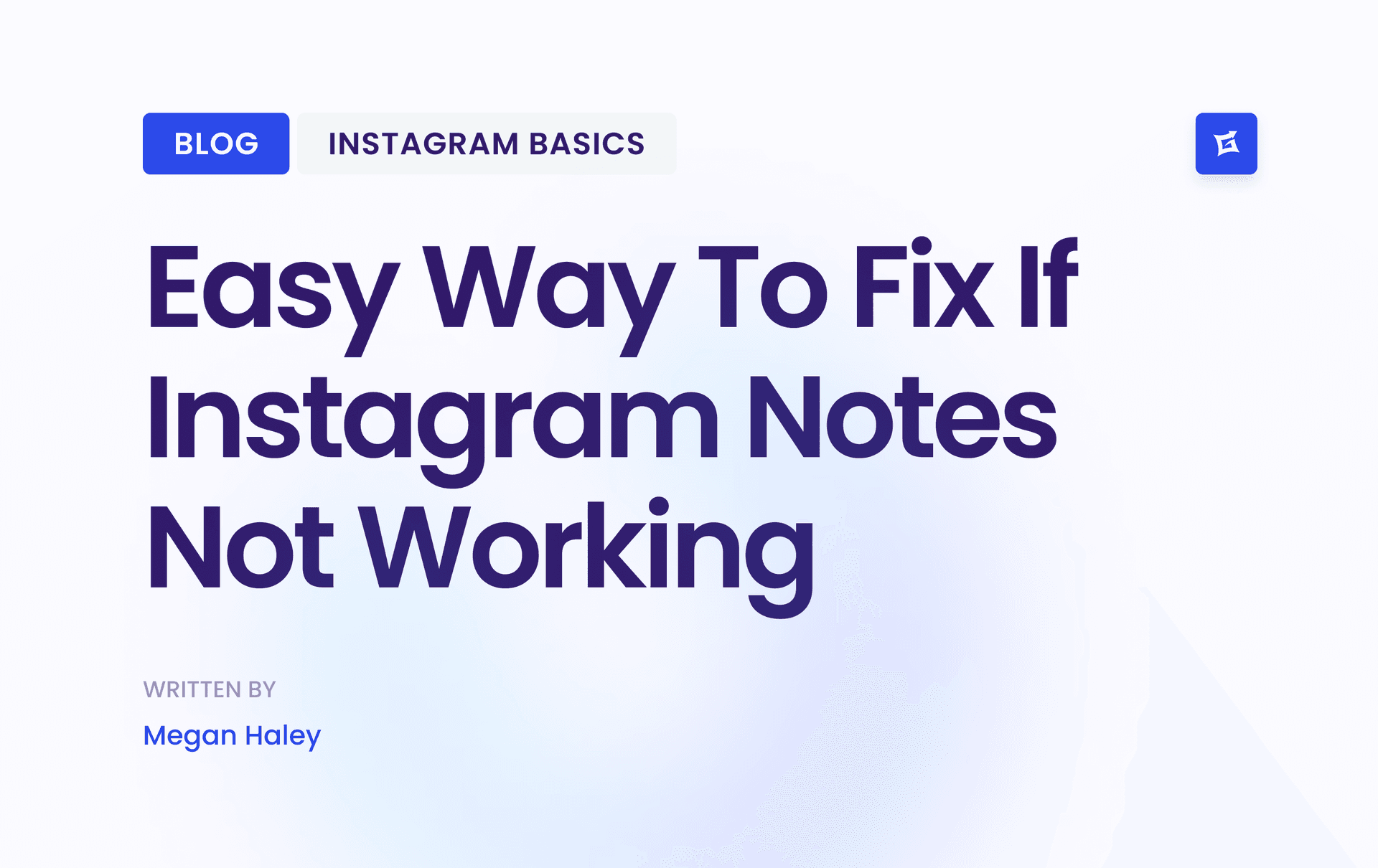

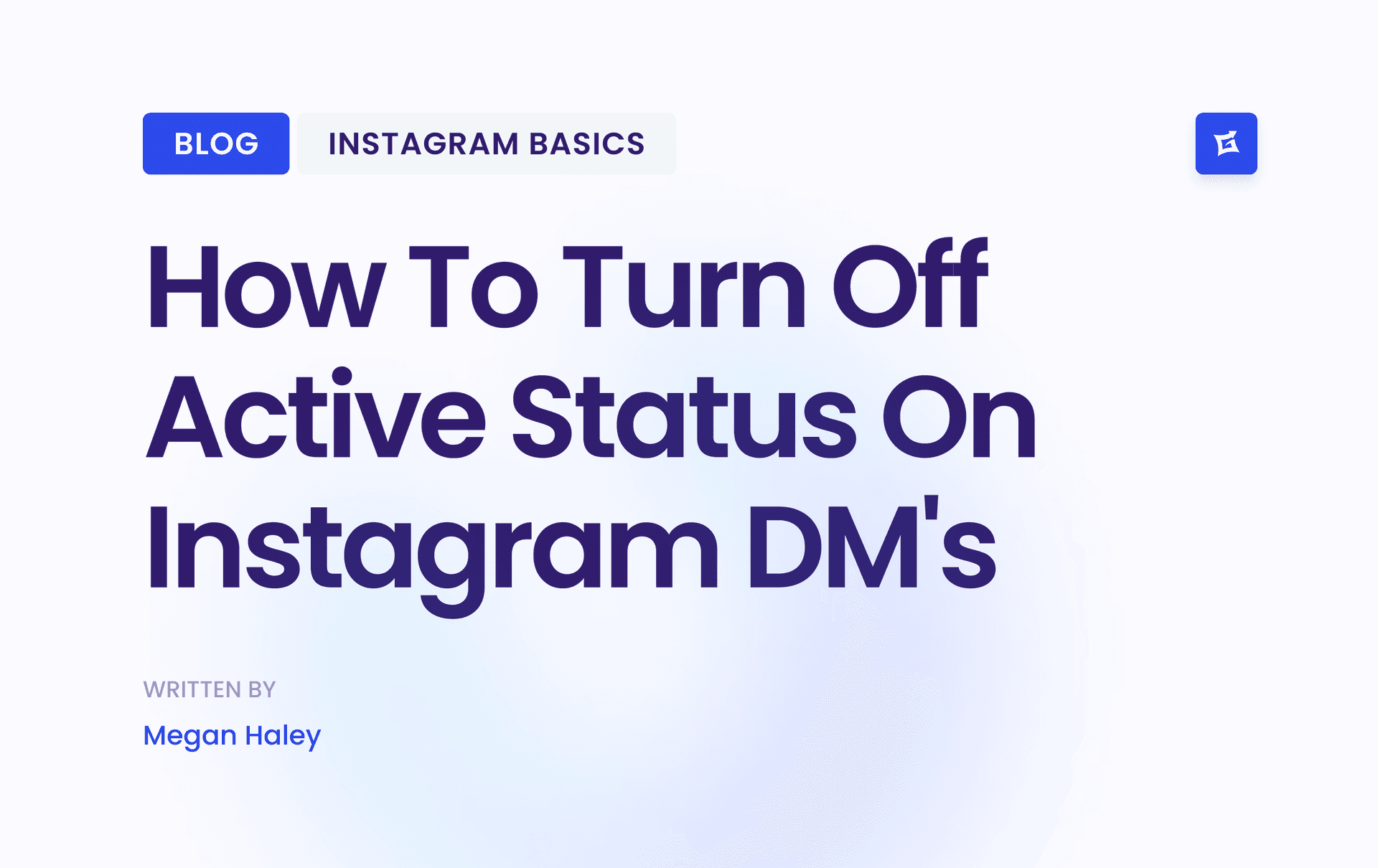
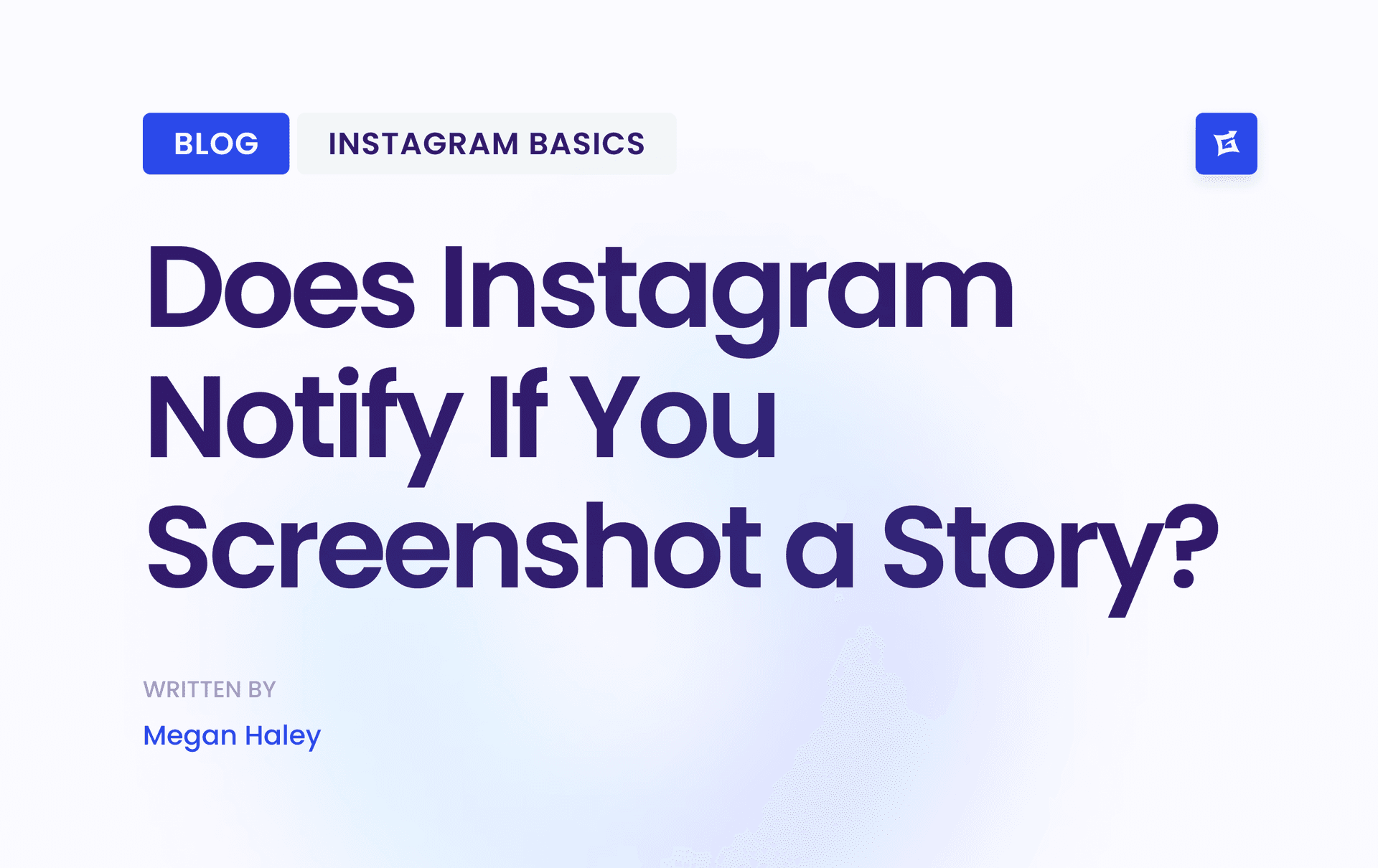



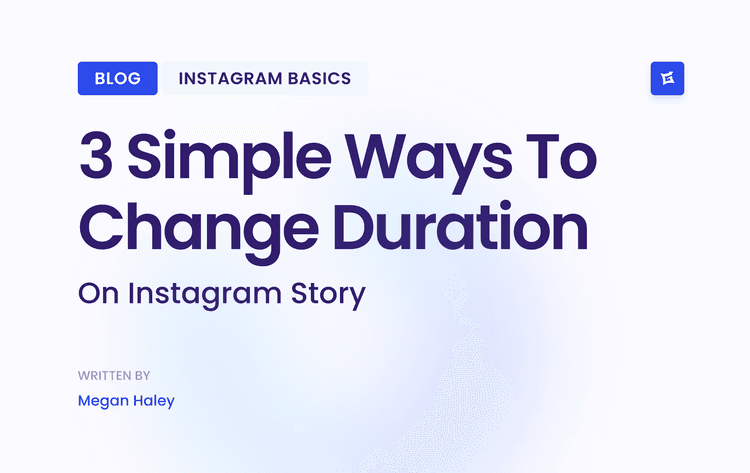
.png&w=750&q=75&dpl=dpl_AQbX5JsabDdbeZxMJ6Brrjeb4mSf)
